The 10 Biggest Cisco Stories Of 2012
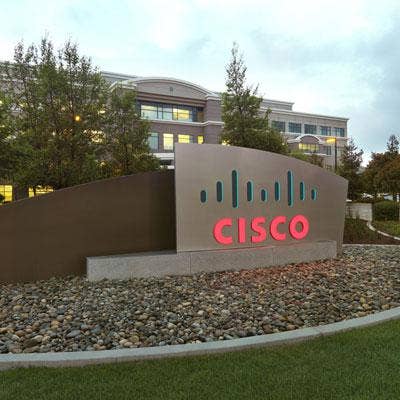
Fast Times At Cisco
We've said it before, and we'll say it again: there's never a dull moment at the Cisco disco.
Cisco was in the spotlight in a big way this year, both specific to the channel, with all the programs it launched and executive changes it made, and in the broader industry, where its star shone brightly against struggling competitors like HP, Huawei and Juniper. Here's a look at the major Cisco news stories we followed in 2012.
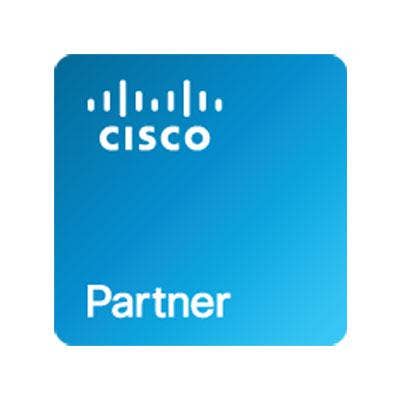
10. Midmarket Mount-Up
The commercial business segment -- how Cisco defines SMB and midmarket opportunities -- represents more than $10 billion of Cisco's overall $46 billion in revenue, and it was the focus of Cisco's "Partner-Led" strategy to let partners drive more sales as part of Cisco's global restructuring effort last year.
With Partner-Led came $75 million in new Cisco investments in the channel, and partners got their first taste of where that money was spent earlier this year, when Cisco announced Partner Plus. That program comprises various incentives and rebates, virtual access to Cisco engineers, exclusive customer intelligence and research data, and what Cisco describes as premium sales enablement and marketing resources.
Of course, Cisco jump-started its midmarket strategy in other ways, too (see No. 6 on this list).
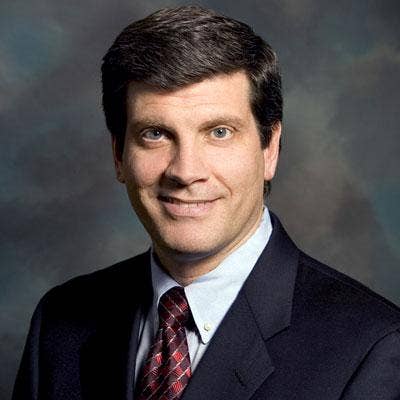
9. Prime Time For Services
On the November earnings call for its first fiscal quarter of 2013, Cisco CEO John Chambers and CFO Frank Calderoni (pictured) highlighted services as one of Cisco's most important growth areas -- one the company will emphasize and track more rigorously in the coming quarters. Cisco services revenue has seen a CAGR of 12 percent over the past decade, according to Calderoni.
That's no surprise, of course, given that Cisco is one of the better-regarded vendors when it comes to services programs that make both the company and partners profitable. Earlier this year, Cisco made what it described as "the biggest services announcement in 15 years" with the launch of the Cisco Services Partner Program (CSPP), which collapsed some 50 different global services programs into one, re-designed umbrella program as a way for Cisco partners to capitalize on a potentially $200 billion market opportunity over the next few years.
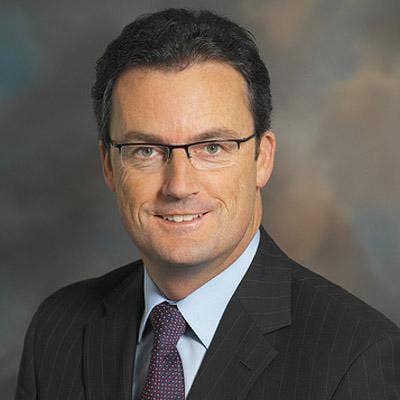
8. Cisco's Frenemies
As Cisco sees it, the reality of its strategic partnerships in 2012 is that top vendors like Microsoft, VMware and IBM -- all of which Cisco partners with in specific areas -- are also Cisco competitors in areas like UC, network virtualization and cloud services. Chambers, along with other executives like Rob Lloyd (pictured), Cisco president, development and sales, have essentially told Cisco's sales force and the broader industry that it's time to accept that. Oh, and as Cisco and major allies like EMC grow increasingly at odds, Cisco's totally fine with that, too.
"It's a complex ecosystem out there," Lloyd told CRN in September. "Today's ecosystems are more gray-area. So, let's not get confused. Most of what we've done is that we have strategically partnered. There is a competitive side to this Nicira [deal] with VMware that has the potential to be competitive to some of the activities we do. And Microsoft, boy, do we want to compete with those guys. But remember that Hyper-V and Systems Center are also key applications our customers want to run. We're encouraging our teams to compartmentalize."
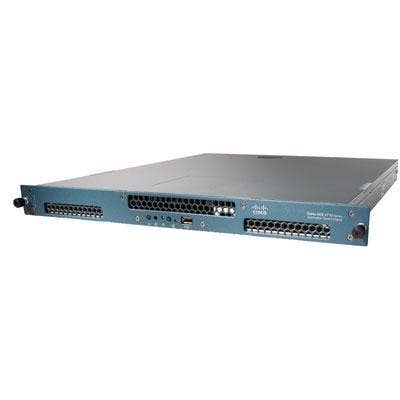
7. Cisco: 'No Mas' On Load Balancing
It isn't often that Cisco concedes important markets to competitors, but back in September, it did just that, confirming to CRN that it would end development of its Application Control Engine (ACE) load-balancer products. The news was tasty to F5 Networks and other application delivery networking (ADN) players, which quickly pounced on Cisco's admission with a series of trade-in programs and channel incentives. Cisco's share of the Layer 4-7 switching market had dwindled to 11 percent after being nearly triple that as recently as four years ago, but 11 percent is still valuable share in a market expected to be even more important to the ongoing converged data center conversation.
Cisco, meanwhile, has allied more closely with Citrix, which is the No. 2 ADN vendor behind dynamo F5. While Cisco is now "recommending" Citrix NetScaler as an alternative to ACE, it's not yet a reseller agreement. But, some observers speculate that's a likely next step -- or maybe even a full-bore Cisco acquisition of Citrix. Stranger things have happened, right?

6. Cisco Drops $1.2B On Meraki
Cisco returned to its usually brisk pace of M&A in 2012, and along with both blockbuster and targeted moves -- from the $5 billion purchase of British service provider video specialist NDS to tuck-ins like Cloupia, vCider, ThinkSmart and Cariden -- came a $1.2 billion drop for Meraki, a competitor for midmarket cloud-managed and wireless LAN customers.
Cisco and Meraki partners are nervous about the deal, and competitors like Aerohive have already swooped in to exploit those nerves.
Whether it works out or not, Cisco's Chambers is fond of saying that Cisco gets two out of three acquisitions right -- far better than the 90 percent of industry acquisitions that fail. There's something to that statement when you consider Cisco enemies like HP, which, as a few analysts have pointed out, has taken more restructuring charges, write-downs and merger-related costs since 2006 than its current market value.
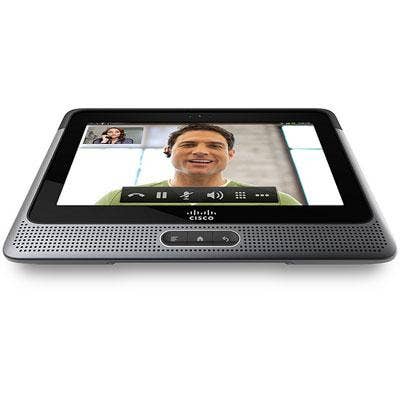
5. End Of The Line For Cisco Cius
We'll say again what we said back in May: If timing is everything, than Cisco's Cius tablet was a swing and miss. It misread the rising tide of BYOD and the dominance of Apple's mighty iPad, and its Cius missed a key window of opportunity thanks to Cisco taking nearly a year following the launch for the Cius to reach general availability.
Partners felt that Cisco's Cius , an "enterprise-grade" Android tablet that Cisco had teed up as the ultimate in mobile UC endpoints, had a lot of potential, but they weren't surprised -- thought it "inevitable," even -- when Cisco confirmed, in late May, that it would stop investing in the once-hyped product. Now, Cisco Cius joins other recent Cisco misfires like the Flip video camera, Umi telepresence and Cisco Mail in the vendor's product hall o' shame.
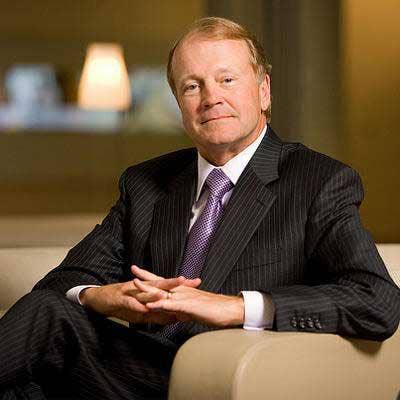
4. Chambers Succession: It's Getting Real
John Chambers (pictured) has been CEO of Cisco since 1995, making his chief executive tenure one of the longest in the tech industry, so speculation over his successor is an annual breeze-shoot. This year, however, the conversation's heated up again, thanks to Chambers indicating that he intends to shift into the Chairman's seat full-time within two to four years, and that Cisco will be giving certain executives more responsibility to essentially audition them for succession.
While Chambers has publicly identified a mix of potential candidates -- and not completely ruled out going outside for Cisco's next boss -- speculation seems to have settled on operations kingpin Gary Moore and global sales honcho Rob Lloyd, both of whom were named Cisco presidents in October, as the front-runners. Cisco partners are pulling for Lloyd, seeing his channel bona fides and no-nonsense execution as a good fit for Cisco's leadership.

3. Channel Chief Change-Up
It isn't often that a global channel chief stays in that position for seven years, which is why when Cisco WWPO boss Keith Goodwin (pictured) opted to retire this past summer, it was big news. Goodwin was lauded by Cisco partners for doing as much as anyone to embed channel partnering in Cisco's DNA and deepen its overall partnering culture, even if Goodwin's Cisco tenure wasn't always rosy.
Succeeding Goodwin is Bruce Klein, now senior vice president, WWPO. And it wasn't the only major change in Cisco's channel this year. Jim Sherriff moved on from his role as SVP, Americas partner organization, to become a chief of staff under Rob Lloyd. Wendy Bahr returned to the Americas chief role after a few years running Cisco's global and transformational partnerships. And Cisco is still looking for a new head of global partner marketing following the September exit of Amanda Jobbins, now global CMO at Sage.

2. 'Of Course Cisco's A Software Company'
For all its strengths, Cisco isn't considered a software company, and the company has repeatedly acknowledged the need to shift more of its attention to software, business applications and whether Cisco is going to command or be commanded by the software-defined networking (SDN) wave.
This year, Cisco sought to define its SDN strategy, including the debut of its Open Network Environment (ONE), which provides APIs for developers on a few different Cisco operating systems, and a greater emphasis on its ISV and app developer channels overall. But the most interesting move was Insiemi, the secretive SDN startup on which Cisco finally lifted the curtain back in April. Cisco's thus far invested $100 million in the company, which is headed by previous Cisco "spin-in" maestros Mario Mazzola, Prem Jain and Luca Cafiero. While little is known about the company's exact products, Insiemi is rumored to include virtualized networking and storage capabilities that would put Cisco further at odds with EMC, VMware and VMware-owned Nicira.

1. Cisco Bounces Back
Cisco had a lot of naysayers in 2011, when it began its massive global restructuring. But a lot changes in a year, and while HP, Juniper, Huawei and other Cisco rivals endured headaches both major and minor throughout 2012, it was Cisco that was the picture of consistency and steadiness among tier-one IT vendors, reporting solid growth and showing strength in areas like data center where competitors had previously said it would never be able to compete. Behind a new global marketing campaign, "Tomorrow Starts Here," it's charting a course toward what Chambers says is a goal to become the No. 1 IT company.
With more and better programs than ever for Cisco's more than 53,000 global partners, it's tough to disagree when Chambers describes the company as the best bet for the channel. "When you partner with Cisco, you partner with a company that doesn't lose," Chambers told CRN in an exclusive interview in October. "When we need to reinvent ourselves, we do."